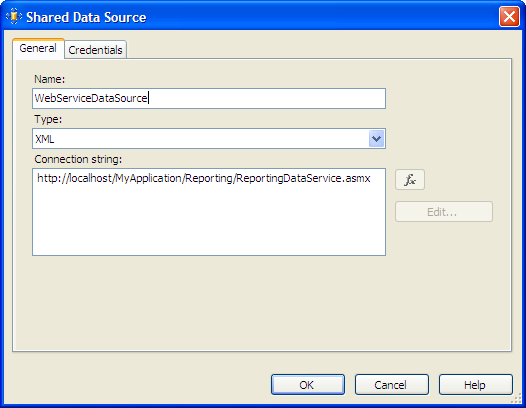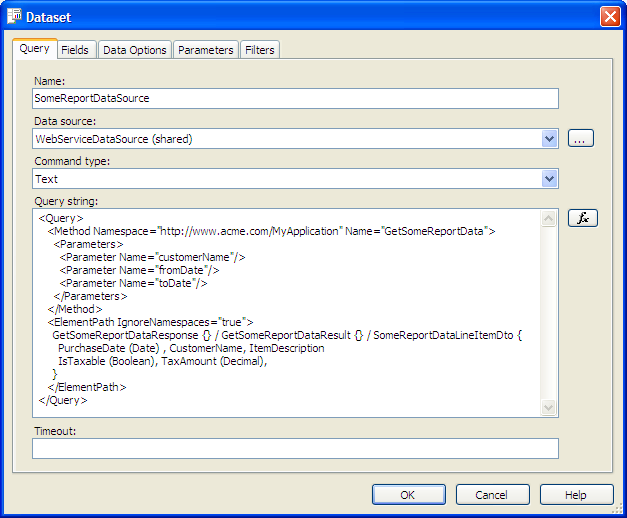Subversion 1.5 is Ready
Subversion 1.5 has just been released and has a whole raft of new features that developers have been asking for. To take full advantage of all the new features you’ll need to upgrade both your server and clients, but both will inter-operate so you can upgrade gradually if you wish. Server upgrade does not require a dump and reload, but as usual with any major upgrade you should back up your repositories first. Some of the new features in 1.5 require a repository upgrade—after installing the 1.5 server software use svnadmin upgrade to bring your repositories up to the newest format, Subversion won’t do this automatically.
The killer new feature in Subversion 1.5 is merge tracking. This is a feature that Perforce has had for years and that I always missed in Subversion. It’s a major change and the Subversion developers have been working on it for several years—there’s literally been a design document in the Subversion repository since the 1.0 days.
Usually when creating a release, you’ll create a production release branch of your code. This branch will be where you get your software ready for final release, fix the last few bugs, that sort of thing. You’re also likely to use this branch for production support, fixing production issues when they arise. Using this strategy, detailed in Pragmatic Version Control using Subversion, you will frequently need to merge release branch changes back down to the trunk. Until now, you had to manually track which changes you had already merged, and ask Subversion to only merge new changes. This meant a fair amount of manual bookkeeping, writing down revision numbers, looking at log entries, and so on.
Subversion’s new merge tracking fixes the need to manually figure out which changes need to be merged between branches. Instead you just tell Subversion you want the branch changes merged to the trunk, and it figures out what to merge. You can run the same command every week to merge changes, no revision numbers required. Subversion 1.5 also makes it easier to merge entire branches back down to the trunk, for example when merging an experimental changes branch to the trunk.
For merge tracking to work, you need to upgrade both your server and client to 1.5, and upgrade your repository with svnadmin upgrade. Merge tracking isn’t quite finished in Subversion—1.5.1 will address performance issues and some edge cases such as cyclic merges.
Another great feature in Subversion 1.5 is change list support. As you are working on a change, you can organize your changes into named change lists, and check them in independently. This is really useful in cases where you’re working on a feature but then someone asks you to fix a bug, and you want to do a quick fix on the bug and check it in. You can now just fix the bug, keep the bug changes in a different change list to the feature changes, and then commit the bug fix without committing the unfinished feature. This is a client-only feature which many people did manually previously—I know I’ve deliberately done half-commits so someone else could see my work sooner. Unlike the Perforce version of change lists, no-one else can see your in-progress change lists, they’re stored on the client only.
As usual TortoiseSVN, everyone’s favourite Windows Subversion client, has full support for all the new Subversion features.
mike on June 23rd 2008 in Agile


